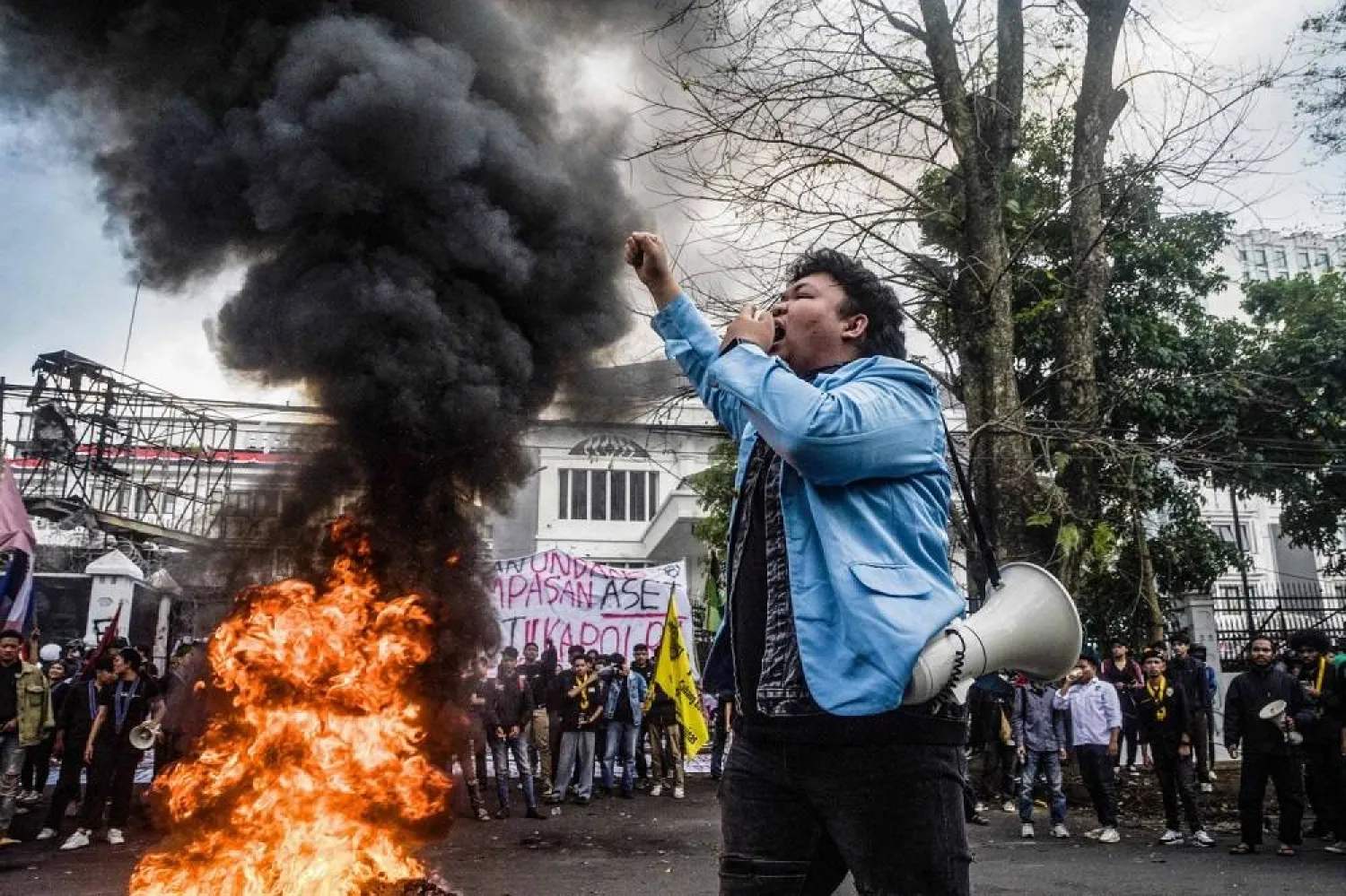Indonesia Protests Turn Deadly as Police Use Tear Gas
Nationwide protests in Indonesia over government spending and lawmakers' perks have turned deadly, with police firing tear gas near university campuses and at least ten people killed.

Nationwide protests erupted across Indonesia last week, triggered by public outrage over controversial government spending and enhanced perks for lawmakers. The unrest, which began in Jakarta, quickly spread to other regions, drawing thousands of demonstrators, including university students, labor unions, and civil society groups. The situation escalated after a police vehicle struck and killed a motorcycle taxi driver in Jakarta, fueling anger and intensifying the protests.
Deadly Crackdown and Use of Force
Security forces responded to the demonstrations with what many witnesses and rights groups describe as excessive force. Police fired tear gas and rubber bullets at crowds near university campuses in Bandung, marking the first time campuses were directly affected during these protests. Student groups from the Islamic University of Bandung (UNISBA) and Pasundan University accused security forces of "brutally attacking" their campuses, which had been designated as safe zones for protesters. According to local civic organizations, at least 10 people have died, 20 are missing, and 500 have been injured nationwide, with several deaths directly linked to police actions, including the reckless driving of armored vehicles and alleged beatings by officers.
Student and Civil Society Response
Student leaders and civil rights organizations have condemned the police's tactics, arguing that the use of tear gas and rubber bullets was disproportionate and endangered lives. "We feel campuses are no longer safe for students... When military or security officers came into our campuses, then there is no longer a safe zone for us," said Raviv Tuanku Alsaid, head of the Islamic Students Union at UNISBA. Paramedics on campus reported finding at least 40 tear gas shells, and one student was critically injured by rubber bullets. Social media has been flooded with accounts of violence and forced arrests, amplifying public outcry and calls for accountability.
Official Response and Calls for Investigation
Authorities have defended their actions, with police officials claiming that force was only used to disperse "anarchist" crowds and denying that tear gas was targeted at university grounds. However, Amnesty International and other human rights organizations have called for independent investigations into the deaths and violent incidents, stressing that "nobody should die while exercising their right to freedom of expression and peaceful assembly." Amnesty also criticized the National Police chief's reported instruction to use rubber bullets on protesters, warning that such measures should only be deployed in extreme circumstances by trained officers.
The Indonesian government faces mounting pressure to address the grievances that sparked the protests, including demands for higher wages, tax reform, and an end to lavish spending by lawmakers. President Prabowo Subianto has held talks with labor unions and pledged to review labor laws, but protesters remain skeptical about the government's willingness to enact meaningful change. The protests, Indonesia's largest in years, have reignited debates about police accountability, the right to peaceful assembly, and the role of students in safeguarding democracy.